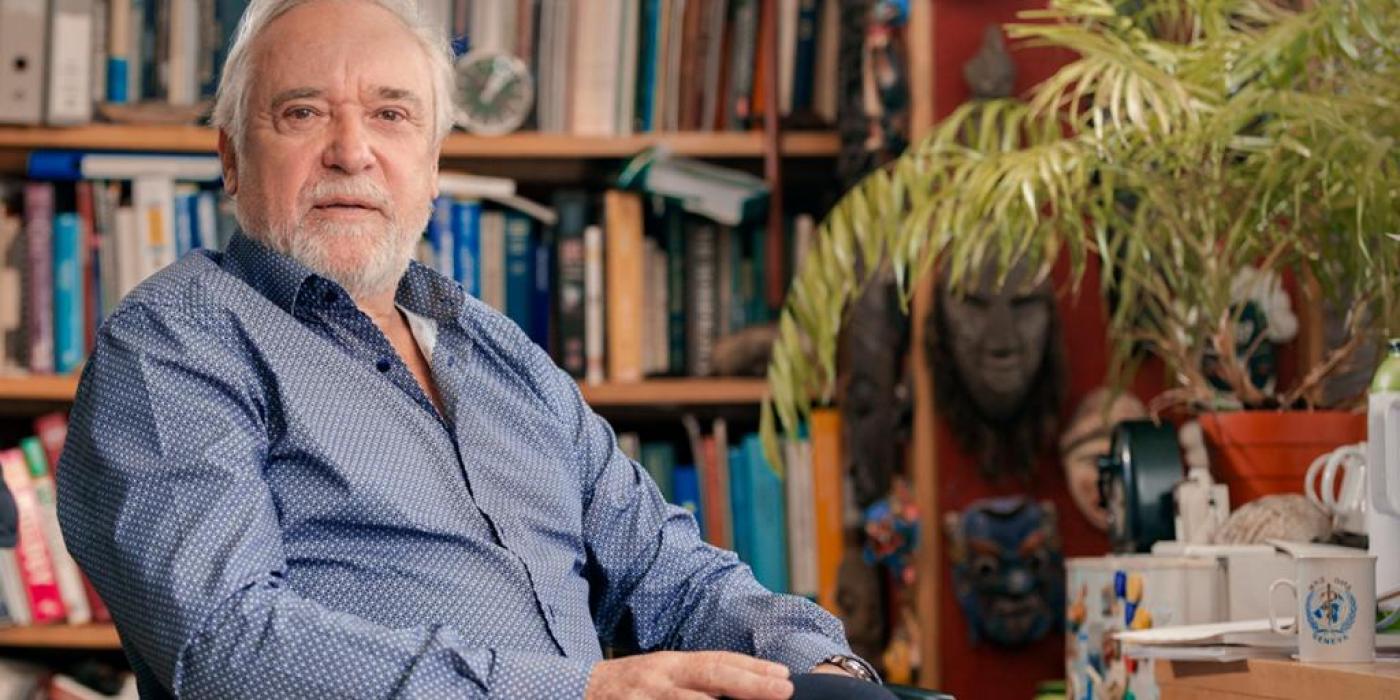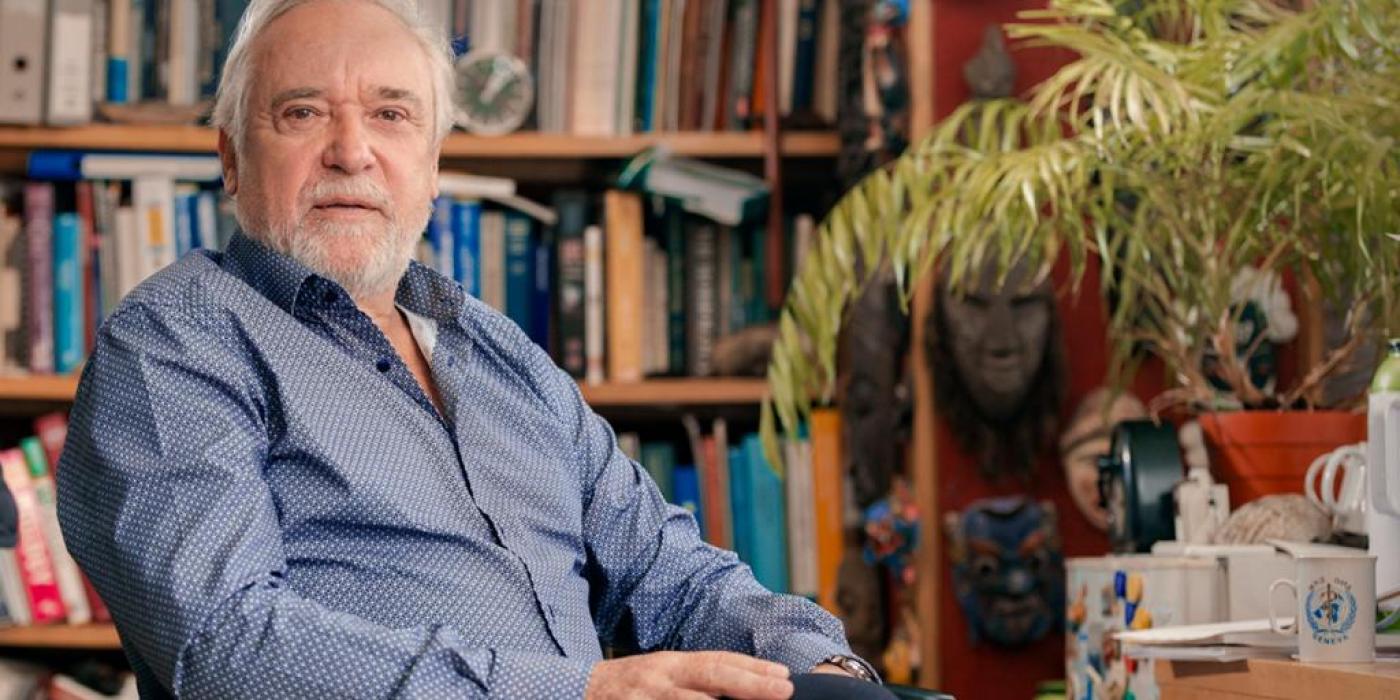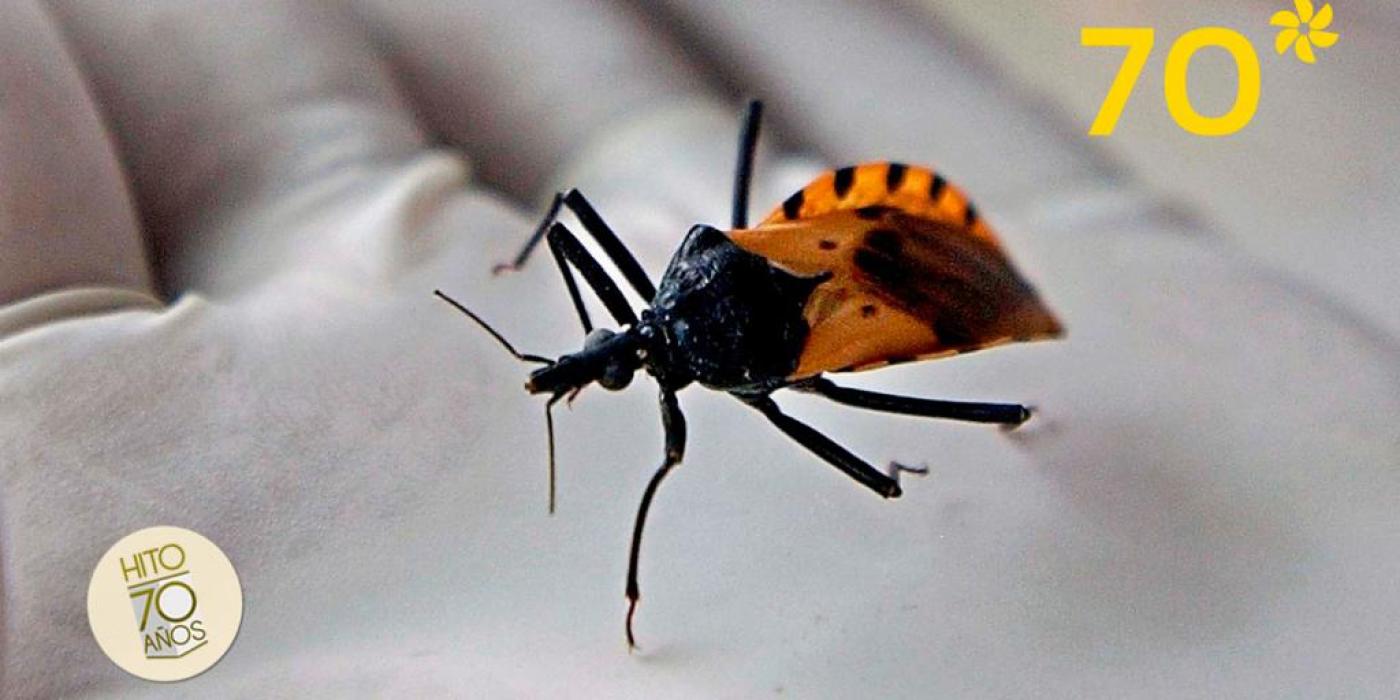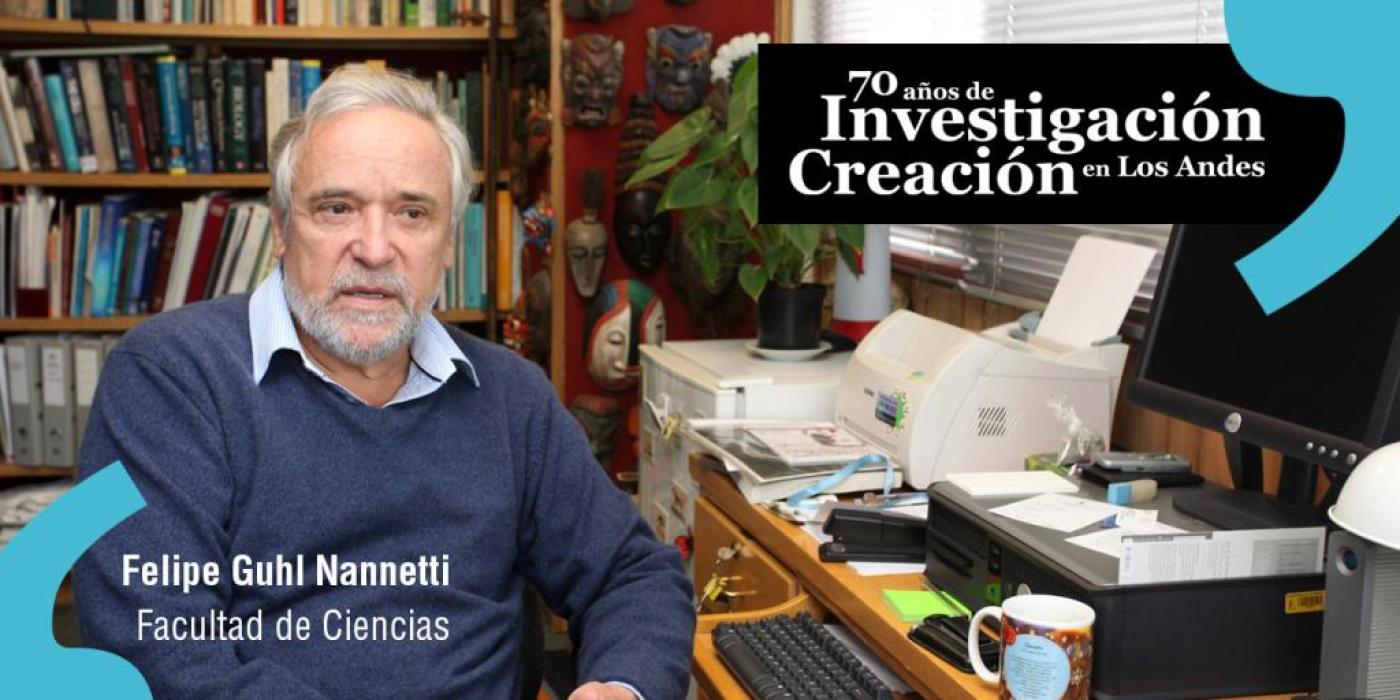
Triatoma dimidiata: a new silent enemy
Researchers are focusing on this insect that transmits the Trypanosoma cruzi parasite, which causes Chagas disease.70 million people in the Americas are at risk of catching Chagas disease.
The infection is spread through the Trypanosoma cruzi vector insects. It can be transmitted by blood transfusion or eating food contaminated with the parasites.
The figures from the World Health Organization (WHO), the Center for Research in Microbiology and Tropical Parasitology (CIMPAT for its acronym in Spanish) at the Universidad de los Andes, from academic institutions, and from government entities in the continent are worrying.
In Colombia for example, 800,000 people have been infected. There are 6,000 new cases each year and more than 5 million people are at risk because of the geographic distribution of the vector insects of which there are 26 reported, 15 capable of transmitting the parasite in nature, and 3 that easily adapt to human habitat: Rhodnius prolixus, Triatoma dimidiata, Triatoma maculata.
The first has been completely eliminated in all the Central American countries as well as in some municipalities in Colombia. Thus, researchers are now concentrating their efforts on the second on the list: Triatoma dimidiatam, which is currently the main insect responsible for vector transmission.
“This second vector has a very different component from the first. It is hugely mobile. As soon as it senses insecticide, it goes to a preidomestic environment and stays there. It moves around a lot: it comes and it goes”, explains professor Felipe Guhl who is the director of CIMPAT and gives assurances that Boyacá and Casanare have been certified as regions free of Rhodnius prolixius.
However, resolving and mitigating this public health problem in Latin America continues to be a challenge for both scientists and academics as well as for government authorities that have proposed four initiatives to find solutions. CIMPAT have taken the lead on two: in the Andean countries (Ecuador, Colombia, Peru, and Venezuela) and the Amazon Initiative for vector and transmission control of Chagas disease (Colombia, Brazil, Ecuador, Perú, the Guianas, Bolivia, and Venezuela).
In fact, with the support of the World Health Organization (WHO) and the Pan-American Health Organization, on April 29, 2019, the Fourth Annual Meeting on Leishmaniasis and Chagas Disease was held. There were discussion forums and learning sessions with experts from Central America, Mexico, and South America and also with international health authorities to articulate efforts that help to mitigate the proliferation of these diseases in the region and to establish protocols to manage and control Triatoma dimidiata.
“This is a warning for all the health authorities to become more aware of the Chagas disease problem”, says Guhl about this event that is organized by the Center for Research in Tropical Parasitology at the Universidad de los Andes (CIMPAT for its acronym in Spanish) and the Program for the Study and Control of Tropical Diseases (PECET for its acronym in Spanish) at the Universidad de Antioquia where it was announced that World Chagas Disease Day will be observed on April 14 each year.
Another worrying aspect for the scientific community is the increase in the African oil palm plantations that have extended to more than 500,000 hectares in the country.
In the words of professor Guhl, who has researched forgotten diseases—particularly Chagas—for four decades: “For the past six years we have been studying the African oil palm in the Orinoquía, Casanare, Arauca, and the Magdalena Valley as the natural environment of the vector insects that transmit the disease is the natural palm. There has been a change in the environment and the insects that transmit the disease have adapted very well to living in the African oil palm”.
In terms of keeping the population informed and the government and public health authorities alert, the biologist and microbiologist from the Universidad de los Andes concluded that, “what is important is to make public how and where the disease is transmitted. We are talking about primary health education”.


